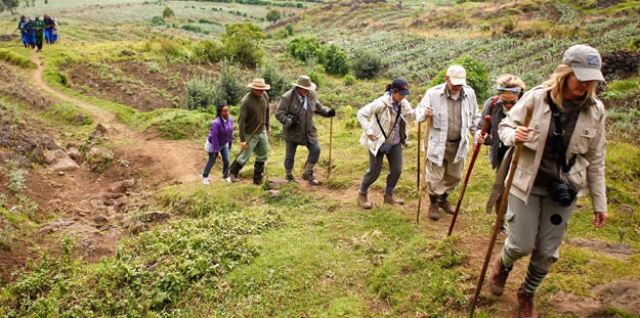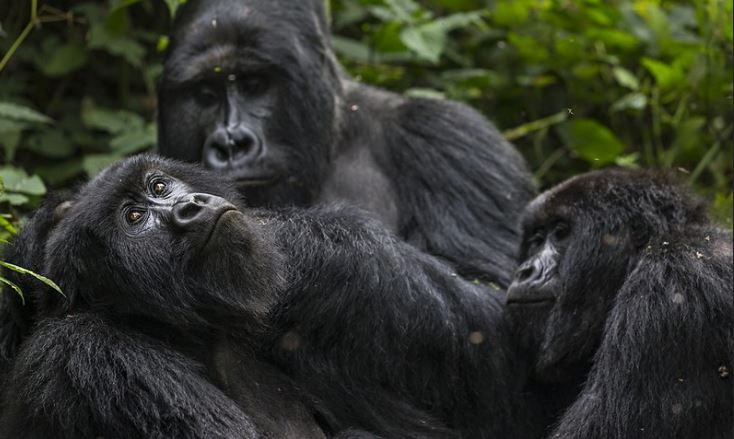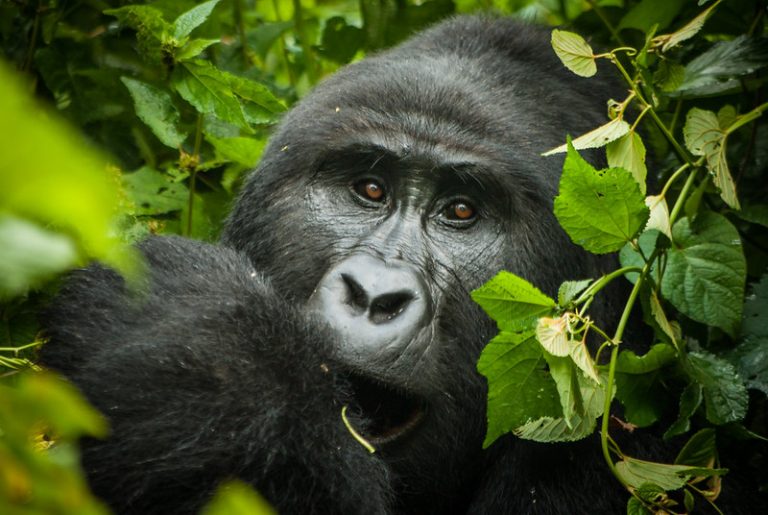Table of Contents: Understanding the Gorilla Trekking Experience Rainy Season in Trekking Regions Challenges During…
Which Country Has the Most Gorillas?
Which Country Has the Most Gorillas?
Gorillas, one of the closest relatives to humans, are among the most fascinating creatures on Earth. These majestic primates captivate wildlife enthusiasts with their intelligence, strength, and social structures. Found in the forests of Central and East Africa, gorillas are divided into two species: Eastern gorillas and Western gorillas, with each species having two subspecies.
When it comes to determining which country hosts the most gorillas, the answer depends on the specific subspecies in question. In this article, we explore gorilla populations across Africa, discuss the countries with the highest numbers, and highlight the efforts being made to conserve these magnificent animals.
1. Understanding Gorilla Species and Subspecies
Before diving into the countries with the most gorillas, it’s important to understand the classification of gorilla species and their habitats:
1.1 Western Gorillas
- Western Lowland Gorillas: The most numerous of all subspecies, they inhabit lowland tropical rainforests in countries like Congo, Gabon, and Cameroon.
- Cross River Gorillas: A critically endangered subspecies found in a small area along the Nigeria-Cameroon border.
1.2 Eastern Gorillas
- Mountain Gorillas: Found in the high-altitude forests of the Virunga Mountains and Bwindi Impenetrable National Park.
- Eastern Lowland Gorillas: Also known as Grauer’s gorillas, they inhabit the lowland forests of the Democratic Republic of Congo (DRC).
2. Countries with the Largest Gorilla Populations
Gorillas are distributed across several countries in Africa, but some nations stand out for their large populations or significant conservation efforts.
2.1 Democratic Republic of Congo (DRC)
- The DRC is home to both eastern lowland gorillas and mountain gorillas, making it the country with the most gorillas overall.
- Eastern Lowland Gorillas: The largest subspecies, with an estimated population of around 3,800 individuals, are predominantly found in the forests of Kahuzi-Biega National Park and surrounding areas.
- Mountain Gorillas: Approximately 300 mountain gorillas live in Virunga National Park, part of the Virunga Mountains.
- Challenges: The DRC faces challenges like habitat destruction, poaching, and political instability, which threaten gorilla populations.
2.2 Republic of Congo (Congo-Brazzaville)
- The Republic of Congo hosts a significant number of western lowland gorillas, primarily in the forests of Odzala-Kokoua National Park.
- It is estimated that tens of thousands of western lowland gorillas inhabit this region, making it one of the most critical areas for this subspecies.
2.3 Gabon
- Gabon is another stronghold for western lowland gorillas, with Loango National Park and Minkébé National Park serving as key habitats.
- The country’s dense rainforests and low human population density create ideal conditions for gorilla survival.
2.4 Nigeria and Cameroon
- The critically endangered Cross River gorillas are found along the Nigeria-Cameroon border, with fewer than 300 individuals remaining.
- Conservation efforts in this region include habitat protection and community involvement to reduce human-wildlife conflict.
2.5 Uganda
- Uganda is renowned for its mountain gorilla population, with over 50% of the global population residing in Bwindi Impenetrable National Park and Mgahinga Gorilla National Park.
- Uganda’s mountain gorilla population is estimated at around 459 individuals, making it a leader in mountain gorilla conservation.
2.6 Rwanda
- Rwanda is home to approximately 30% of the world’s mountain gorilla population, primarily located in Volcanoes National Park.
- With an estimated 300 mountain gorillas, Rwanda plays a crucial role in the conservation of this subspecies.
![]()
3. Why Does the DRC Have the Most Gorillas?
The Democratic Republic of Congo’s dominance in gorilla populations can be attributed to several factors:
3.1 Diverse Habitats
- The DRC’s vast forests cover over 60% of the country’s land area, providing diverse habitats for both eastern lowland and mountain gorillas.
3.2 Remote Locations
- Many gorilla habitats in the DRC are in remote areas with limited human activity, reducing the risk of habitat destruction and poaching.
3.3 Global Conservation Focus
- Conservation organizations have prioritized the DRC as a critical area for gorilla protection, leading to improved monitoring and anti-poaching efforts.
4. Conservation Efforts Across Africa
Protecting gorillas is a shared responsibility among countries with gorilla populations. Conservation programs focus on combating key threats such as habitat loss, poaching, and disease.
4.1 Habitat Protection
- National parks like Virunga, Bwindi, and Volcanoes are critical for gorilla conservation.
- Efforts to expand protected areas and establish wildlife corridors are ongoing.
4.2 Community Involvement
- Revenue-sharing programs from gorilla tourism help local communities, encouraging them to support conservation efforts.
4.3 Combatting Poaching
- Anti-poaching patrols and stricter enforcement of wildlife laws have significantly reduced illegal activities in some regions.
4.4 Disease Prevention
- Gorillas are susceptible to human diseases, including respiratory infections and Ebola. Conservation programs include vaccination drives and guidelines for visitors to minimize disease transmission.
5. Gorilla Tourism and Its Impact
Gorilla trekking is one of the most sought-after wildlife experiences, attracting thousands of visitors to Africa each year. Countries like Uganda, Rwanda, and the DRC rely on gorilla tourism as a major source of revenue.
5.1 Benefits of Gorilla Tourism
- Provides funds for conservation initiatives.
- Supports local communities through job creation and infrastructure development.
- Raises global awareness about the importance of protecting gorillas.
5.2 Challenges of Gorilla Tourism
- Risk of over-tourism and its impact on gorilla habitats.
- Strict regulations are necessary to ensure the safety of both gorillas and visitors.
6. Which Country Should You Visit to See Gorillas?
Your choice of destination for gorilla trekking depends on your priorities:
- Visit Uganda for a more affordable trekking experience and diverse wildlife opportunities.
- Visit Rwanda for a luxurious and easily accessible trekking experience.
- Visit DRC if you’re seeking an adventurous and off-the-beaten-path journey.
The Democratic Republic of Congo stands out as the country with the most gorillas, thanks to its vast forests and diverse habitats that support both mountain gorillas and eastern lowland gorillas. However, other countries like Uganda, Rwanda, and Gabon also play vital roles in protecting these incredible primates.
As conservation efforts continue, it’s crucial for travelers, governments, and organizations to work together to ensure that gorillas and their habitats thrive for generations to come. Whether you’re planning a gorilla trek or simply learning about these magnificent creatures, every step toward conservation counts.
Gorillas are not just a symbol of Africa’s biodiversity—they’re a reminder of our shared responsibility to protect the natural world.


